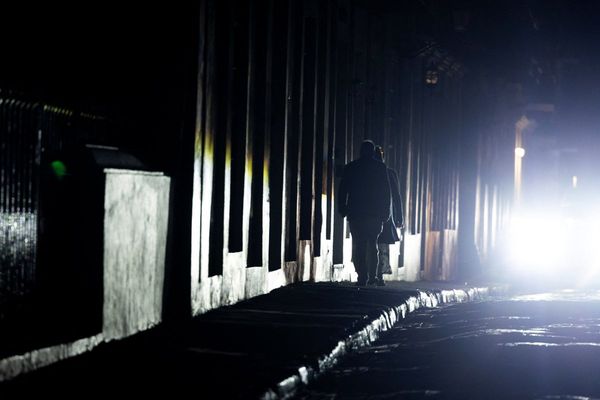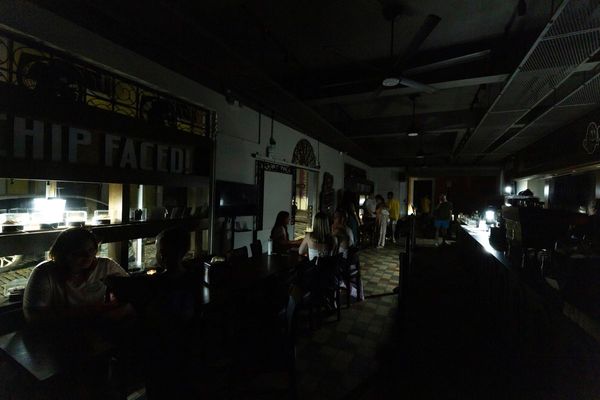
The “after tears” party is a new way of mourning the dead in South Africa, young people gathering to drink, dance, play loud music, celebrate lost friends and lose themselves in a communal experience, at odds with traditionally sombre funeral rites.
It’s the inspiration for composer Neo Muyanga’s After Tears, which premieres as part of a thought-provoking double bill asking how we bear death, how we feel it in our bodies, how we ritualise and commemorate it, performed by Leeds companies Phoenix Dance Theatre and Opera North, in collaboration with Cape Town-based Jazzart Dance Theatre and singers from Cape Town Opera.
It was the idea of Phoenix’s former artistic director, Dane Hurst, now returned to his native South Africa and running Jazzart (Phoenix is currently searching for a new director). He choreographs dancers from both companies, in the first half to Mozart’s Requiem in D minor, followed by Muyanga’s new work.
Requiem offers surging, scrolling, churning waves of movement, and images of wretched souls begging for mercy, bodies wracked with sobs, awaiting god’s judgement. It’s grief ruled by fear (underlined by the text of the Catholic mass in surtitles). The chorus frames the stage, creating a moving architecture, at one point ominously closing in on a single dancer. Along with the solo singers, that’s a lot of bodies on stage, and it can be distracting when the unison choreography isn’t tight enough, dancers tugging at the pulse in different directions. Jazzart’s Vuyelwa Phota, however, pounces on the beat with singing clarity.
It’s too simplistic to say that After Tears takes us from darkness to light, desperation to hope, individual to communal, from murky colours to fuchsia and orange. While the dancers spring animatedly from the floor, quick and alert, they land on Muyanga’s stomping rhythms with pounding feet, bending low, lightness and heaviness existing together, sorrow and salve; like the sound of classical choir over African percussion, oil floating on water. The choreography alone may not be the most memorable, but there are rich ideas to chew on in this successful meeting of diverse cultures to meditate on something universal.







